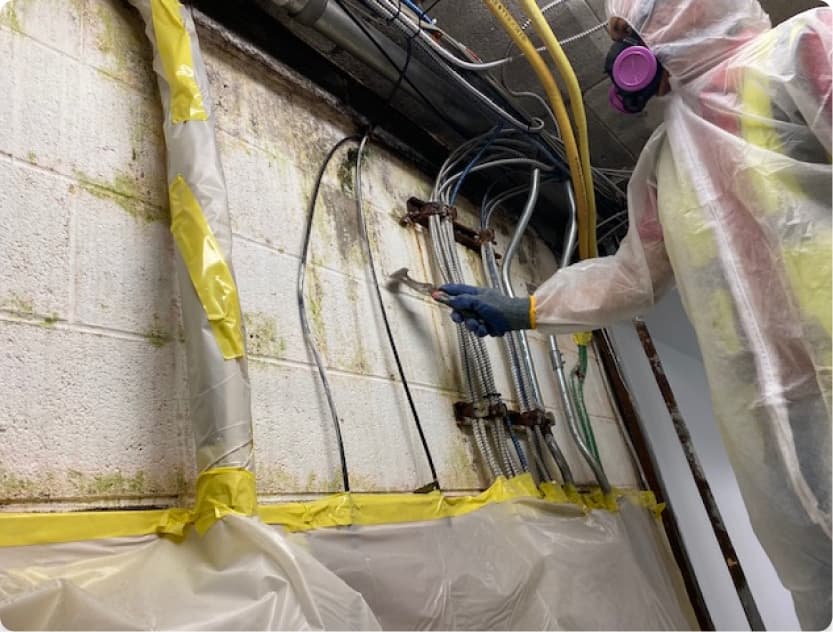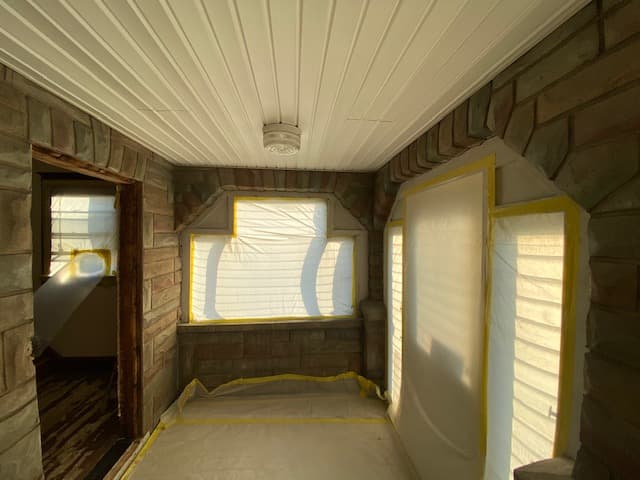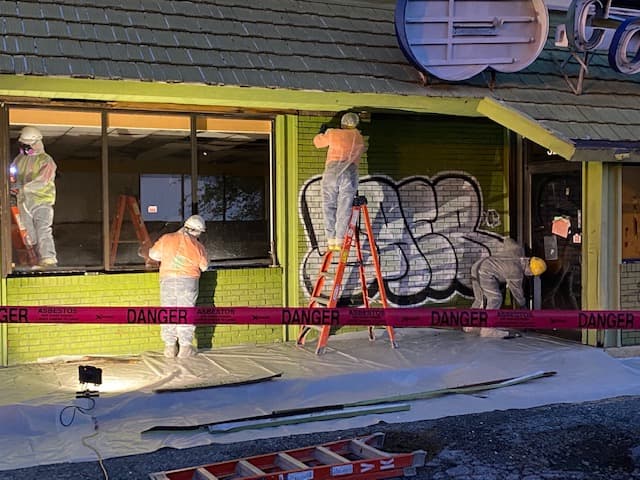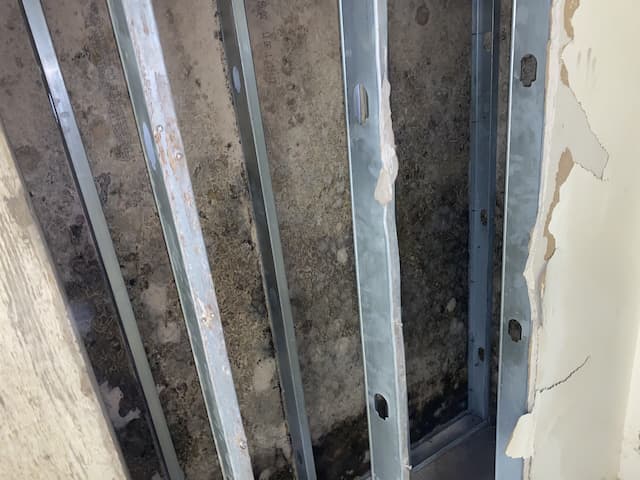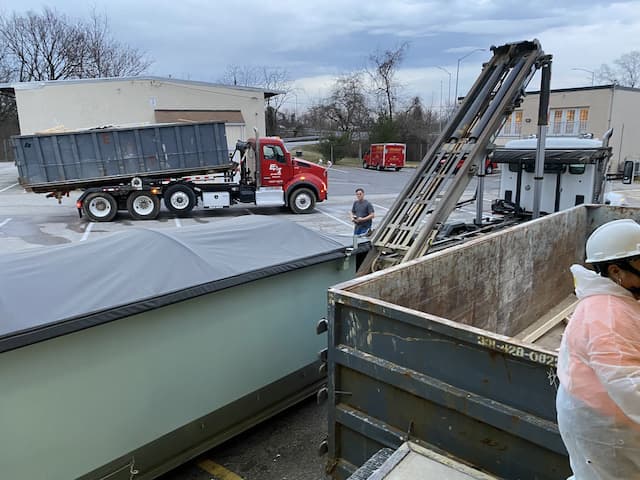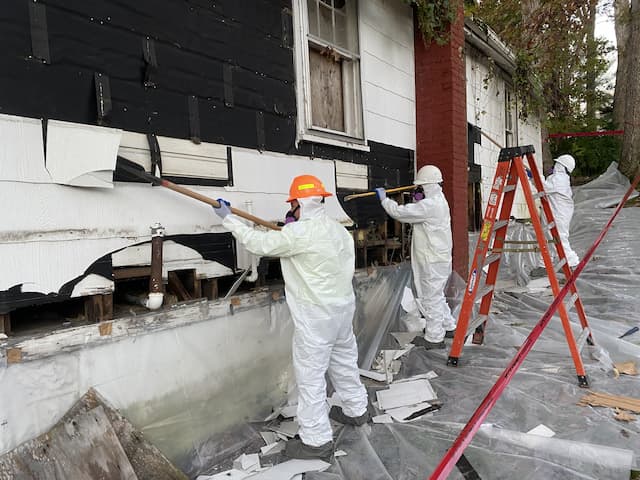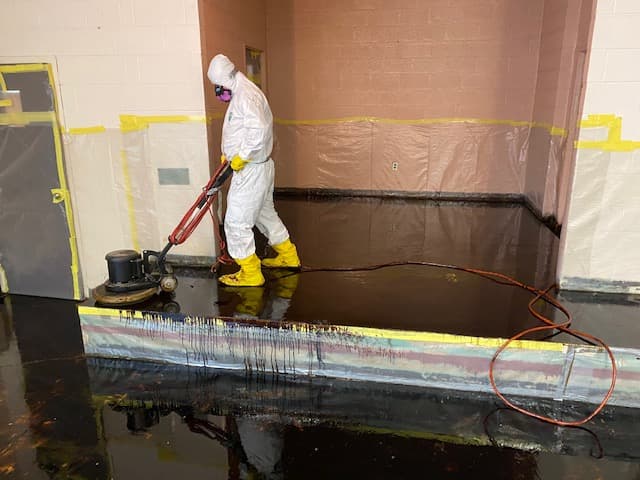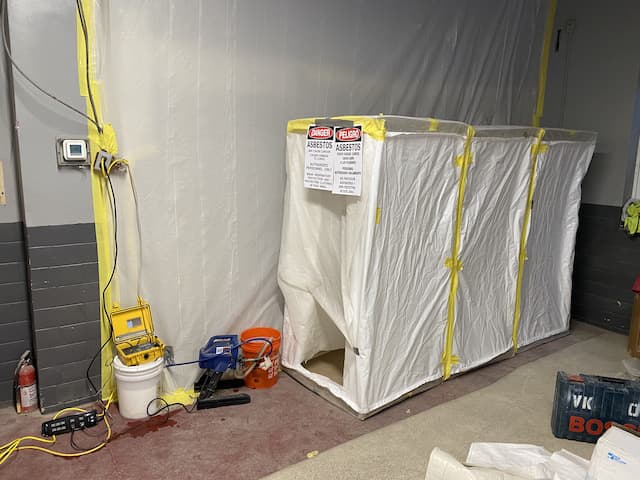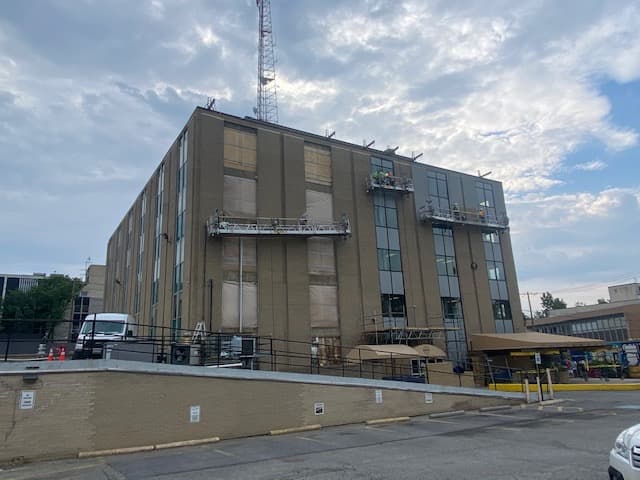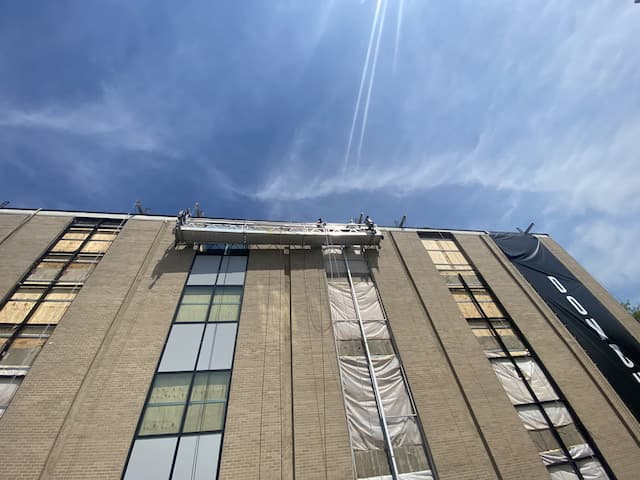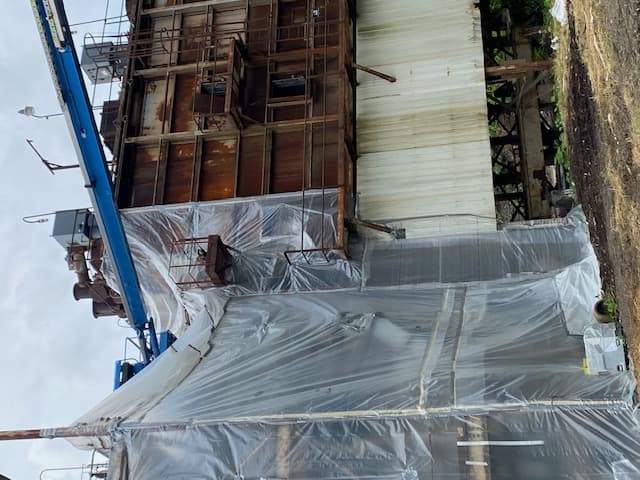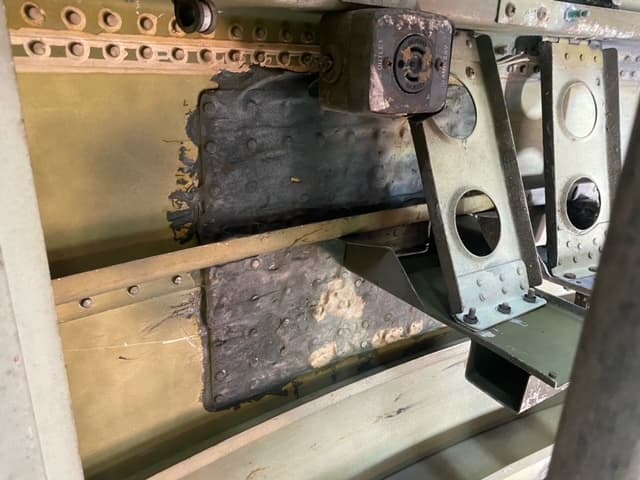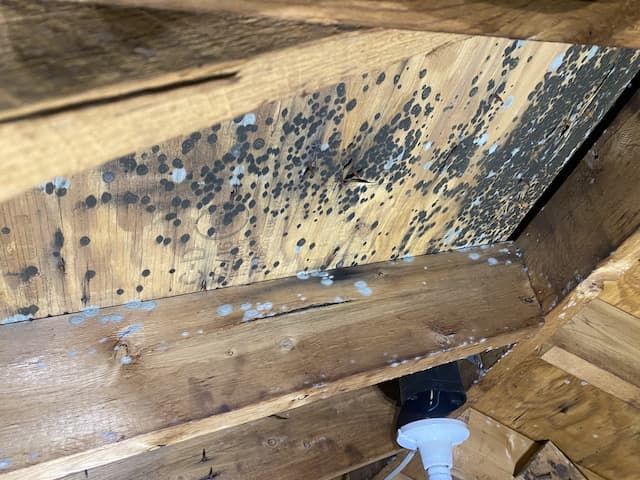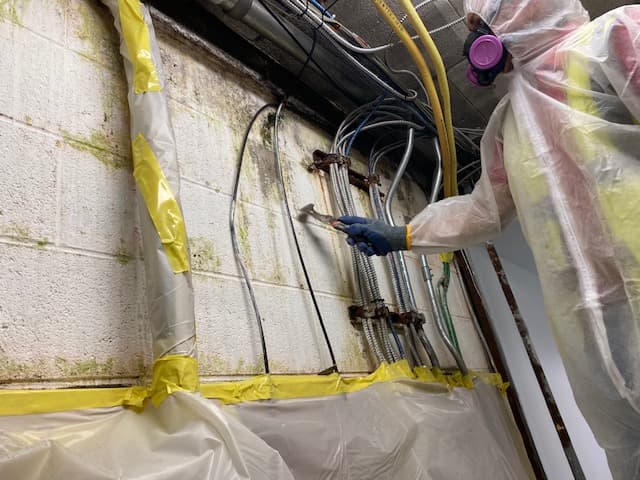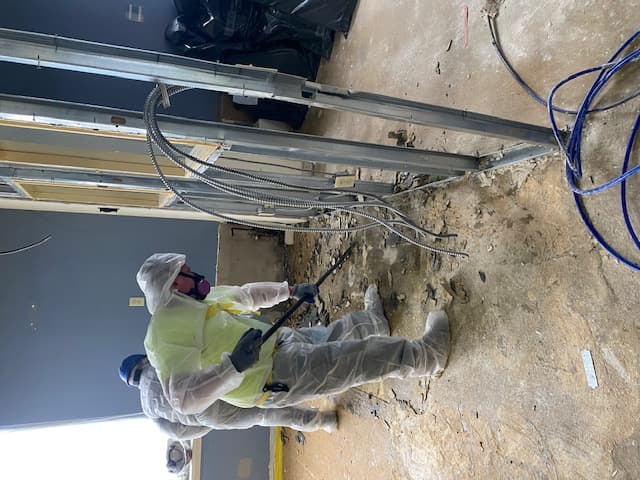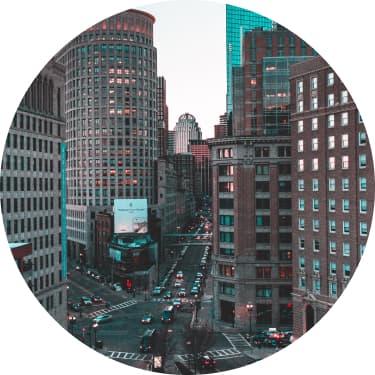Dangers of Asbestos & Mold
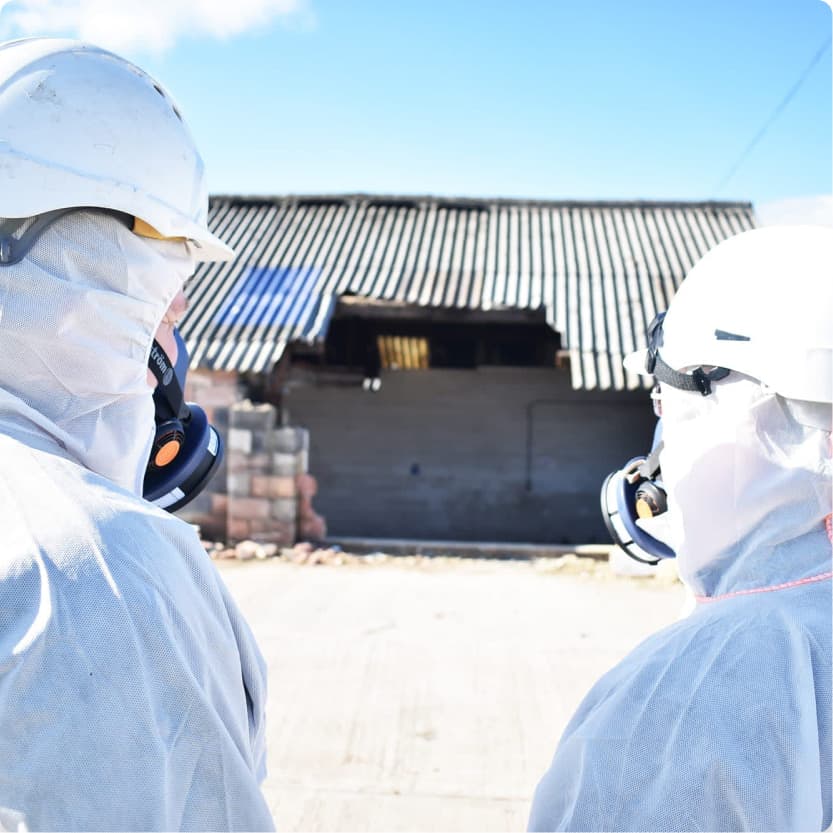
Dangers of Asbestos & Mold
Asbestos is a naturally occurring mineral with many unique properties allowing for its application across many industries such as textiles, construction, automotive, and plumbing. However, even though it possesses many qualities that allow for its diverse use, asbestos is extremely dangerous if inhaled or ingested, killing thousands of people each year.
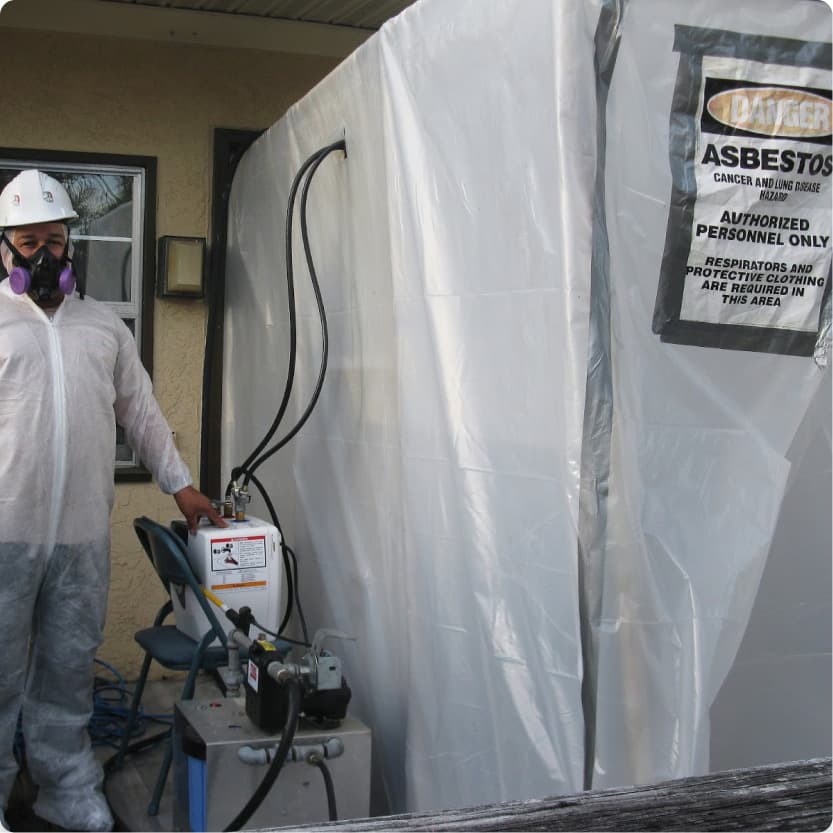
Asbestos is most dangerous when it is present in materials that can be easily crumbled by hand, known as “friable material” in the industry. When these materials are disturbed asbestos fibers are released into the air ready to be inhaled or ingested by someone in the area. If asbestos fibers find their way inside a human they can cause serious diseases such as mesothelioma, asbestosis, and other lung cancers. The onset of these diseases does not happen right away but rather builds up over time with continuous exposure and once diagnosed they are usually deadly.
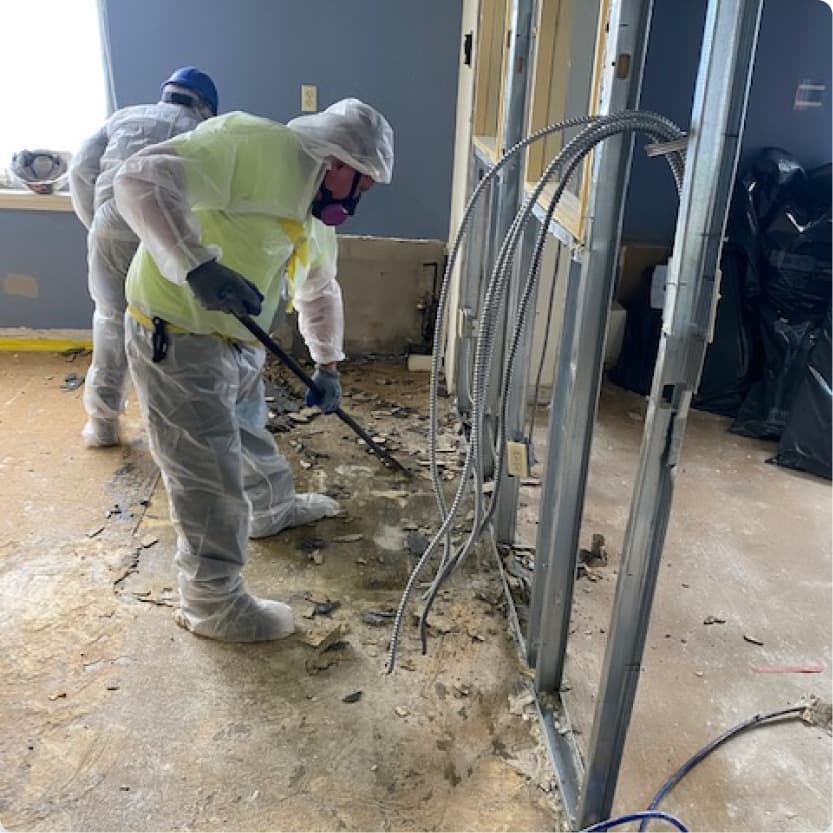
Asbestos products were extremely popular in the construction industry before regulations were put in place to limit their use due to health hazards. If your building was built or remolded before the year 1980, there is a good chance that asbestos-containing materials are present. Some common asbestos-containing materials include flooring, ceiling, and roofing tiles, as well as fireproofing and insulation. These regulations were set in order to limit the usage of asbestos but also to ensure that asbestos is removed from residential, commercial, and industrial buildings properly without putting those in close vicinity in harm’s way. These regulations are set by local, state, and federal agencies and it is crucial that only licensed asbestos contractors handle any tasks related to asbestos removal.
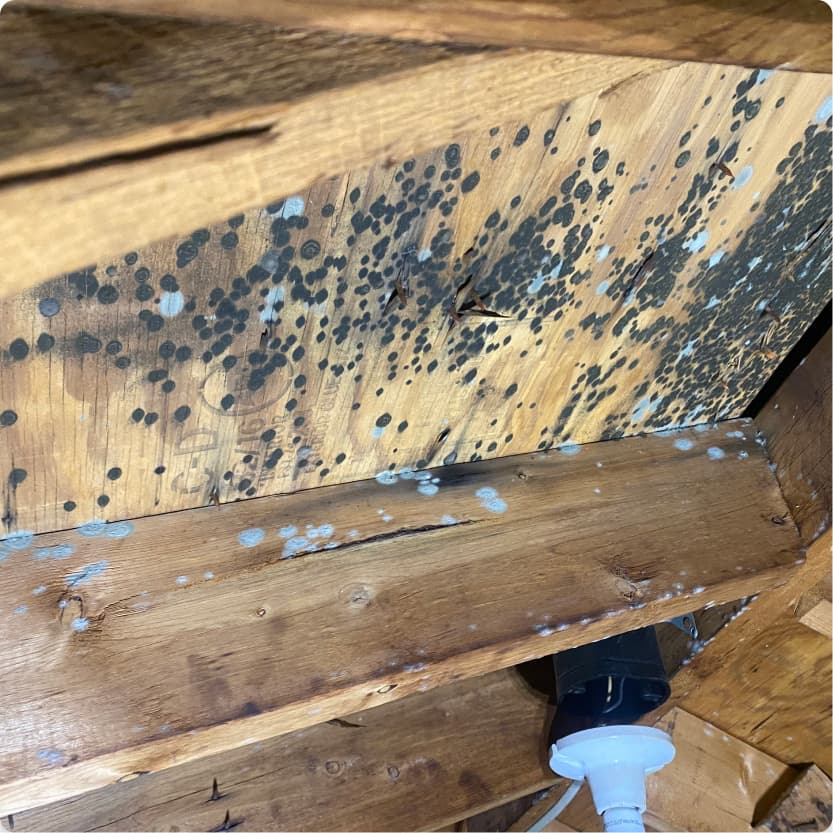
Mold and other fungal organisms are an integral part of our environment as they are responsible for breaking down and digesting organic matter such as dead trees, leaves, and animals. In our daily lives, we humans are exposed to various types of mold both in indoor and outdoor environments. Some of these molds are known allergens and aggravate our eyes, skin, and respiratory systems while other molds produce mycotoxins which can cause serious health problems for those exposed. It is the mold’s ability to destroy organic material which makes it dangerous to our buildings and most importantly health.
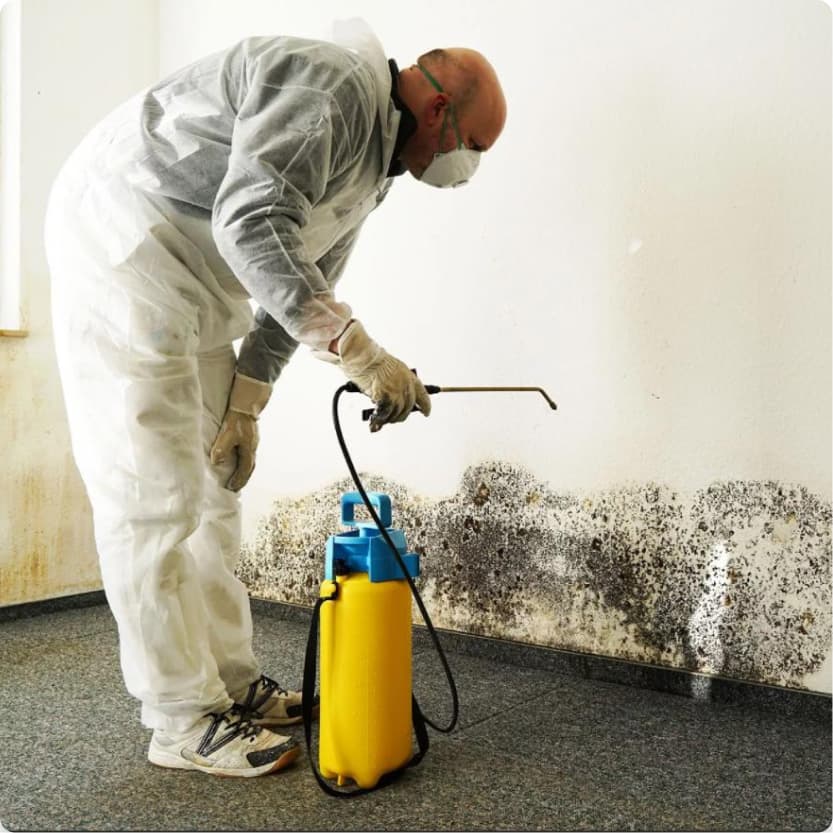
Mold colonies grow and thrive in environments where there is a lot of humidity and dampness which is why water damage in its many forms is a very popular cause of mold growth in an indoor environment. If left alone and moisture is consistently available the mold may weaken the structure of the building but this usually takes a long time and the main dangers of mold are its effects on the health of humans and animals. Those individuals that are sensitive to mold are prone to experience allergic-like reactions if they touch the colonies. However, the most dangerous health hazards occur once someone has inhaled large quantities of airborne mold spores. These spores are released by the mold as seeds in order to reproduce on new material. Those individuals that consistently reside or work inside a building with airborne spores are in danger of developing a mold-caused respiratory illness which can be life-threatening depending on the mold type.
